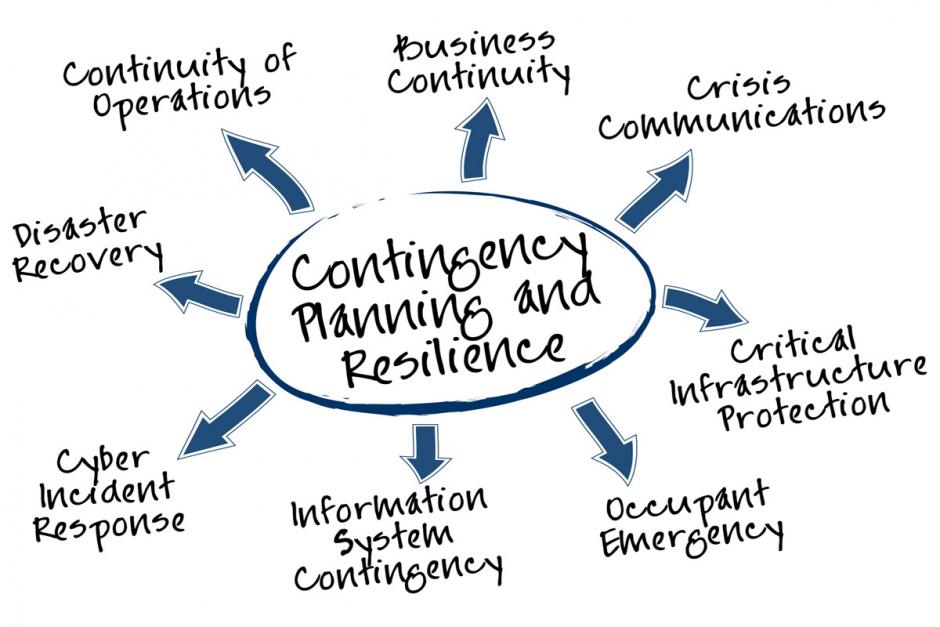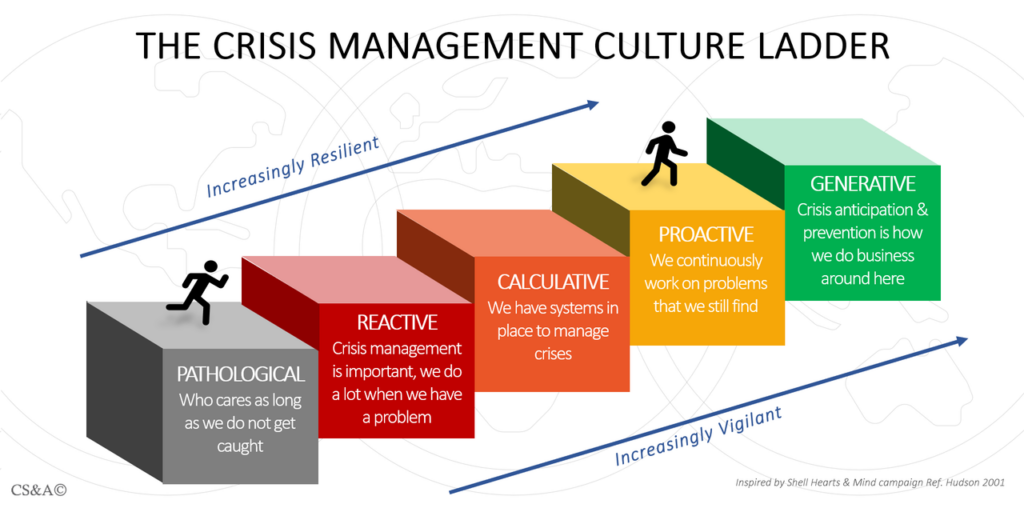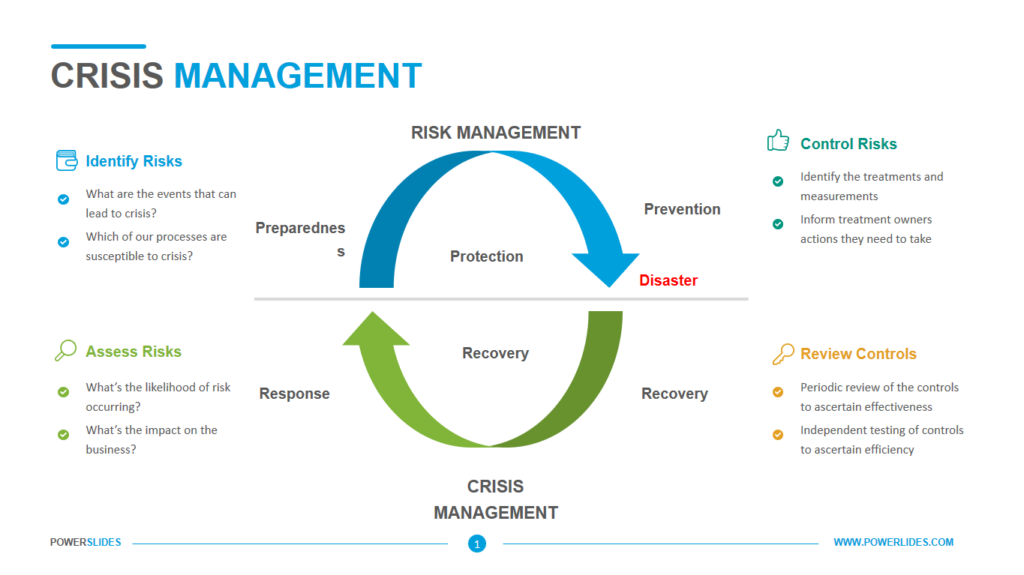Leaders are often the key architects of resilience and crisis management within organizations. As orchestrators who guide entities through turbulence, their role has never been more vital. Deeply rooted in a resilient mindset, leaders become the anchoring point that shapes how organizations anticipate, prepare, react, and adjust to disruptive changes. This piece offers valuable insights into leveraging your company’s best leaders during crisis, a fundamental component in maintaining and fostering organizational agility and resilience.
Plotting the Course: Crisis Preparedness
One glaring reality about crises is that they are inevitable. The challenge for leaders is to mitigate the effects of a crisis before it happens. Prepared leaders diligently assess potential risks, pinpoint weak spots, and establish extensive contingency plans to alleviate the possible impact of a wide range of potential circumstances. From conceptualizing various crisis scenarios to drafting an operational playbook, proactive preparation is a testament to the importance of leadership in crisis management.
Furthermore, leaders must critically evaluate and enhance their organizations’ crisis management mechanisms including data infrastructure, communication systems and supply chain networks. A proactive investment in such areas ensures redundancy whilst encouraging adaptability, a vital ingredient in building resilient organizations. 
Image Source: Business 2 Community
Cultivating the Resilience Ethos: Developing a Culture of Strength
Leaders can create a resilient environment by empowering their teams to build situational awareness, make quick decisions, solve problems creatively, and collaborate effectively. Clear and empathetic communication about the importance of resilience for business continuity and community well-being can enhance an organization’s ability to endure and recover from crises.
Guiding Through the Storm: Leading the Crisis Response
In times of chaos, a leader’s role extends beyond decision-making to providing reassurance. How they oversee operations, analyze information rapidly, and maintain clear, transparent communication shapes the organization’s response to crises. Alongside providing directives, leaders must also demonstrate emotional intelligence by understanding stakeholders’ perspectives, showing empathy, and maintaining transparency around challenges.
Embracing Crisis as a Learning Curve
Learning and adaptation are an integral part of leadership in crisis management. Leaders who perceive crises as an opportunity to learn and improve inspire a culture of resilience. Post-crisis review allows for the identification of successful strategies and areas in need of improvement. This feedback loop, coupled with smart data analysis for insights, empowers leaders to improve emergency procedures and risk management systems, ultimately building resilient organizations for the future.
Final Reflection
The interplay between leadership and organizational resilience is intricate and dynamic. To truly build resilient organizations, leaders need more than just theoretical knowledge—they need practical tools and support. At Leadership Circle, we specialize in equipping leaders with the insights and skills necessary to guide their teams through crises effectively. Our services are designed to enhance leadership capabilities, fostering resilience at every organizational level. By partnering with us, you can ensure your leaders are not only prepared to face disruptions but are also empowered to turn challenges into opportunities for growth. Explore how Leadership Circle can help you cultivate a resilient and agile organization ready to thrive in any situation.







